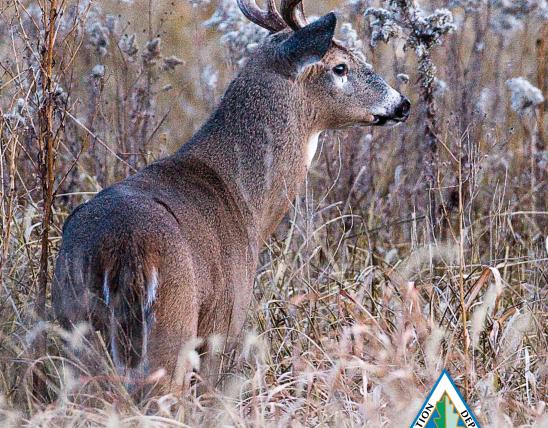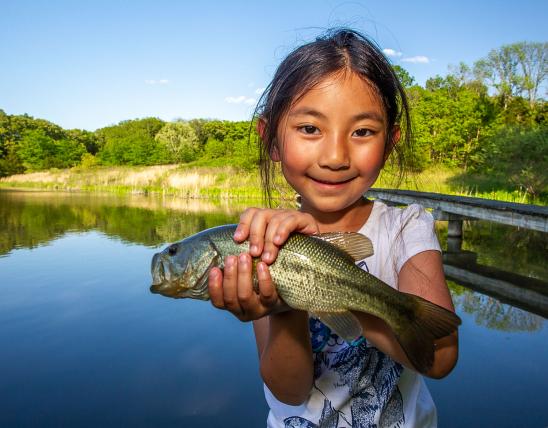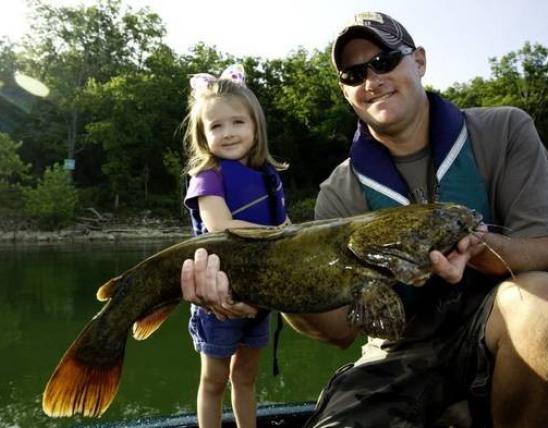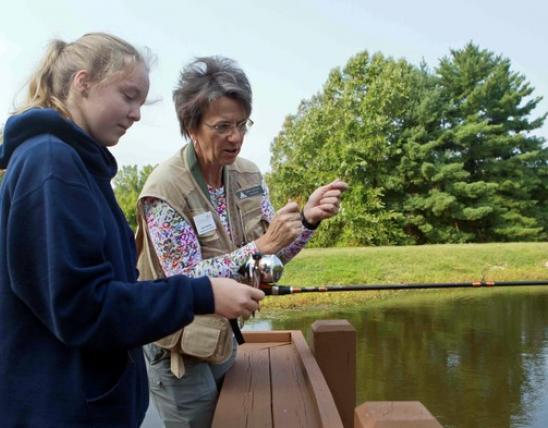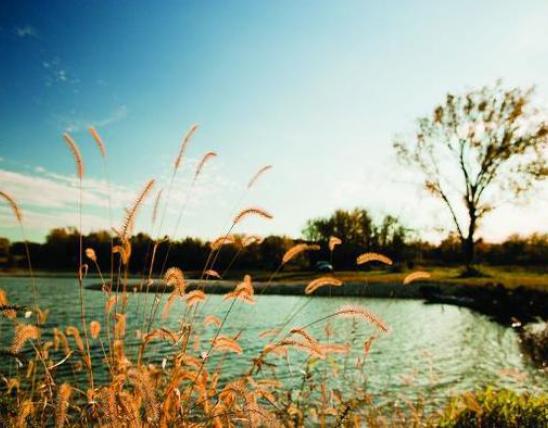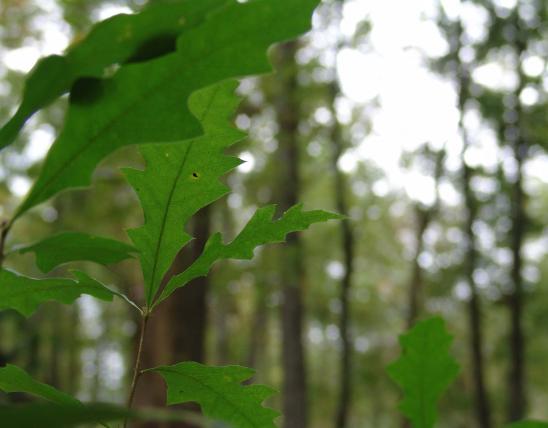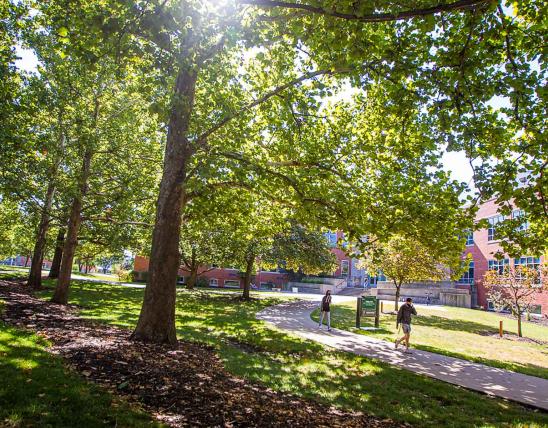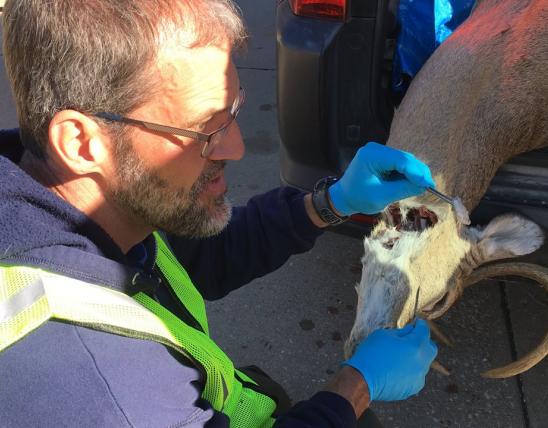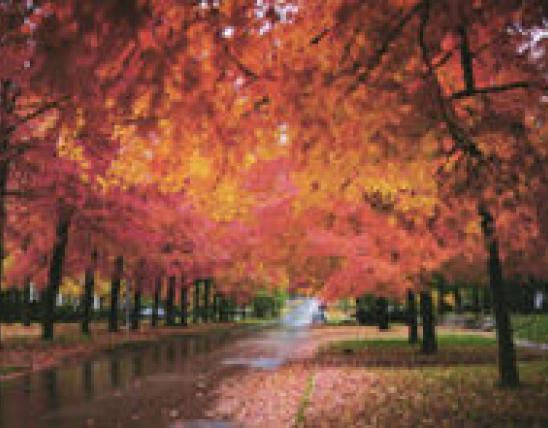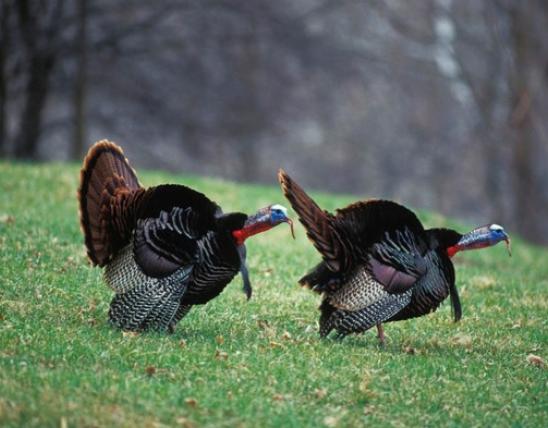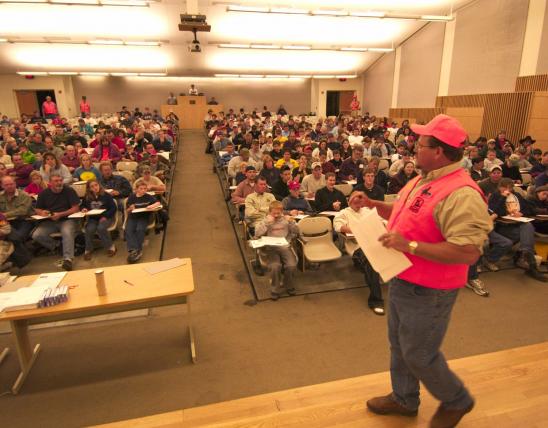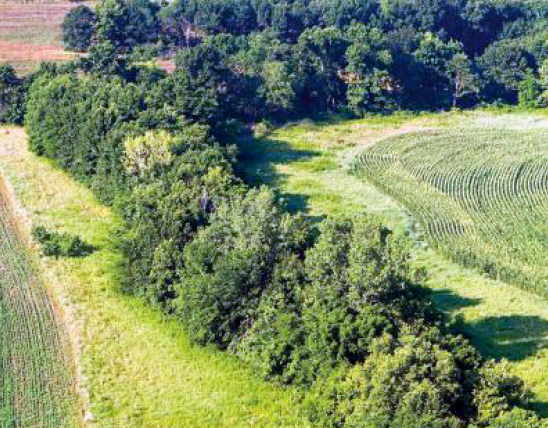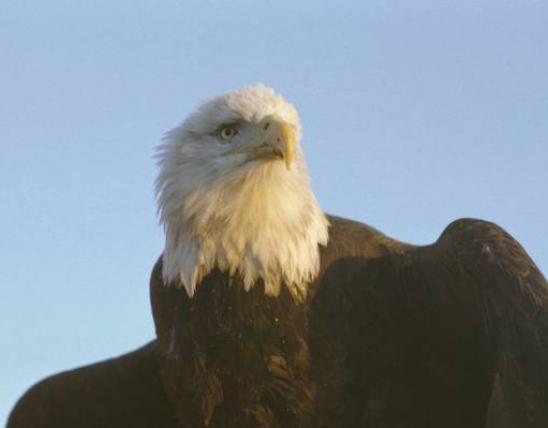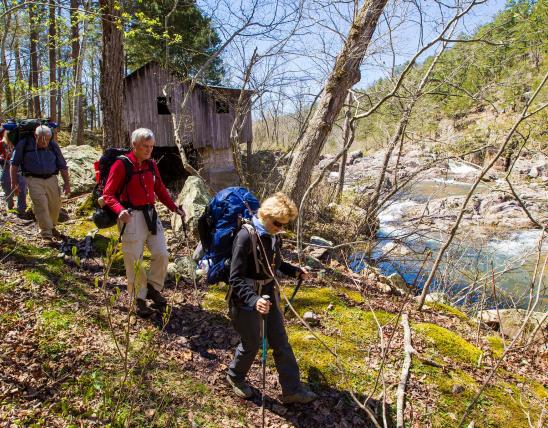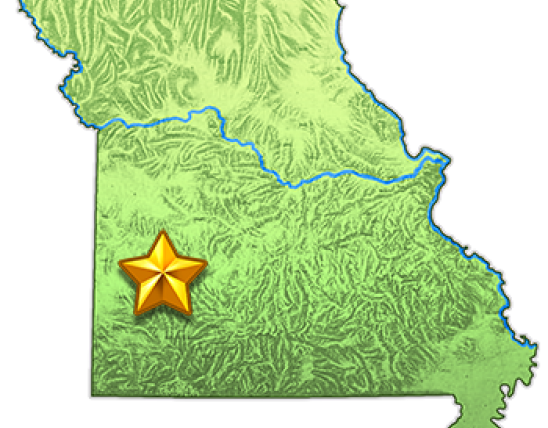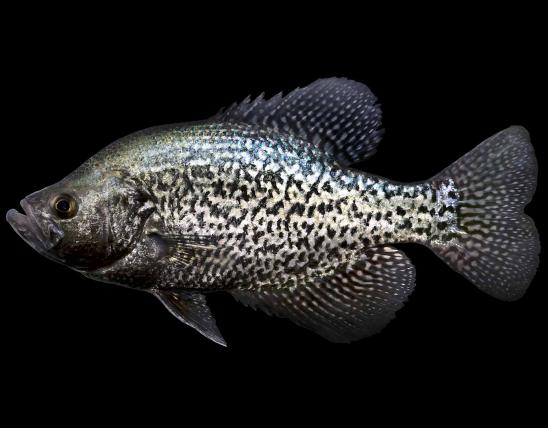Annual Prospects Report
Stockton Lake is a 24,900-acre U. S. Army Corps of Engineers reservoir located in Cedar, Dade and Polk counties in southwestern Missouri. Fishing prospects for sport fish species will be fair to good this year. Consistent spawning conditions along with excellent gizzard shad production should continue to support quality sport fish populations.
Crappie fishing should be fair to good in 2024. White Crappie made up nearly 75% of the fish in this year’s survey. Anglers will likely notice fewer keeper white crappie throughout the spring and early summer of 2024. White crappie size structure was fair with 21% of the fish collected in the sample over the 10” minimum length limit and 7% were twelve inches or longer. A huge year-class of fish produced in 2019 has mostly cycled through the system with very few large individuals remaining. Thankfully there appears to be a solid 2022 year-class of sublegal white crappie to provide future keepers. Many of these fish will reach the 10-inch minimum length limit by late summer/fall of 2024. Anglers might also notice fewer black crappie keepers in 2024. Black Crappie size structure was decent with 39% of the fish collected over the 10” minimum length limit. Crappie are often caught using small jigs or minnows around brush structure. The Corps of Engineers and the Missouri Department of Conservation have created and replenished over 500 fish attractors at Stockton Lake. In early March of 2023 several fish attractors were created or replenished from out of the Ruark Bluff south campground. These, along with all other maintained fish attractor locations, can be found at Fish Attractor GPX Files | Missouri Department of Conservation (mo.gov). Some of the attractors are marked with signs on the lake shore. For those without GPS technology, attractors can be found using a sonar fish finder around 20 feet of water (at lake water elevation of 867) just in front of signs.
Fishing for black bass should be fair to good in 2024. Largemouth bass are the most numerous black bass species in Stockton Lake, especially in the upper portions of the lake. Spotted bass and smallmouth bass are present throughout the lake, but make up larger percentages of the population in the lower portion of the lake (closer to the dam). A new regulation went into effect on March 1, 2019; the spotted bass minimum length limit was changed from 15 inches to 12 inches. In survey’s completed during the spring of 2023 largemouth bass catch rates were up from 2022, but still below the long-term average on both arms of the lake. Size structure was good with 26% of the fish collected on the Big Sac arm and 40% of the fish collected on the Little Sac Arm greater than the 15” minimum length limit. In recent years anglers have reported an improvement in smallmouth bass fishing on the lower end of the lake. Recent fall electrofishing surveys have produced decent catch rates of smallmouth bass. Size structure has been poor, however fish up to 18” have been sampled in surveys.
Walleye fishing should be good to excellent in 2024. Walleyes are stocked in Stockton Lake at 1-2 inches in size and typically grow to 15 inches in two years. In 2012 the Stockton Lake walleye stocking regime was changed from a biennial (every other year) stocking to an annual stocking. We have not missed a walleye stocking since 2011. Fortunately, we have experienced several years of good recruitment on Stockton. A surplus of hatchery produced fish allowed for higher stocking rates three out of the last four years. With the increase in stocking rates, anglers might notice an abundance of both legal and sublegal walleye in 2024. Electrofishing surveys conducted in the spring of 2023 produced catch rates that were slightly below the long-term average. Size structure was decent with approximately 81% of the fish sampled at least 15” or longer and 6% of fish at least 20” or longer. Techniques used for walleye angling depend upon the time of year and the confidence anglers have with different methods. In the spring and fall, walleye are often found along the dam, in coves, and in shallow water. Walleye are often caught on suspending jerk baits in these areas. During the summer season, it is important to fish for walleyes at or around the depth of the thermocline. Walleye are often caught using nightcrawlers or minnows bounced along the bottom in 15 to 20 feet of water during mid-summer. Trolling deep running or suspending crankbaits or casting these baits along the shoreline and windswept main lake points can be equally effective at certain times of the year. Be sure to use good release practices on sub-legal fish, which will increase the chances of the fish’s survival.
According to angler reports, white bass fishing was good on Stockton Lake in 2023. White bass fishing in 2024 should continue to be good, as white bass recruitment has remained consistent throughout the last several years. Spring white bass spawning runs occur near or in the lake’s tributary streams from mid-March to the end of April. During July and August anglers can often find white bass chasing schools of shad in the early morning and late evening hours on the main lake open water areas. In the fall, angling efforts should be concentrated on windy main lake points or banks. Shallow crankbaits, rooster tails, swimbaits, and white jigs are good choices for catching white bass. Both flathead and channel catfish are present in the lake and at times will provide good fishing. Channel catfish are abundant and size structure appears to be excellent. Flathead catfish are much less abundant and more difficult to catch. The highest concentrations of both channel and flathead catfish are up the major tributary arms in the upper end of the lake. Mid-May to mid-June, just before the spawning season, is usually the best time to fish for catfish. Trotlines or jug lines baited with live baits are the method of choice for most flathead anglers. Bluegill fishing should be good on Stockton in 2024. Good numbers of 6 to 8-inch bluegills are common. Bluegill fishing is usually best during the summer months using small portions of nightcrawlers or crickets around structure 15 to 20 foot deep. The many bridge pillars throughout the lake are a great place to escape the summer sun and get into some good bluegill fishing.
Stockton Lake is approximately 50 miles northwest of Springfield. From Springfield, expect a 50 minute drive to the south end of the lake and a 70 minute drive to the north end of the lake.

